The Essentials of Wine Service
Thursday, 17 December 2009 10:55By Edward Korry, CWE, CSS
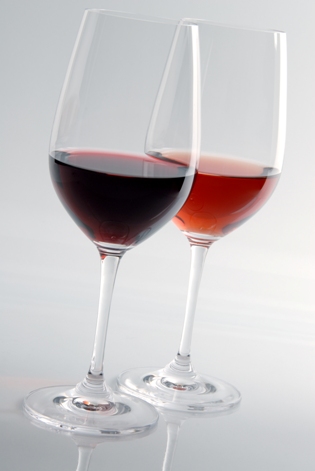 Here’s what every wine server should know.
Here’s what every wine server should know.
When making suggestions to guests, get a sense of the kinds of wines they enjoy to avoid making needless suggestions. The server should be very familiar with the establishment’s wine list. If a wine is unavailable, the guest should be informed prior to making a selection. The server should observe the following procedures:

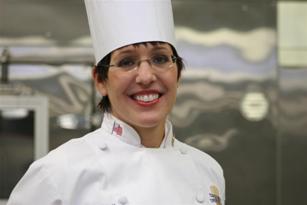 What’s the difference between a private chef and a personal chef? Audrey Heckwolf of Grand Rapids Community College, who cooked for a Fortune 500 family, can tell you.
What’s the difference between a private chef and a personal chef? Audrey Heckwolf of Grand Rapids Community College, who cooked for a Fortune 500 family, can tell you. Knowing how to prepare the different stages of a fried egg is an important task that can easily be taught to your class in your culinary lab.
Knowing how to prepare the different stages of a fried egg is an important task that can easily be taught to your class in your culinary lab. The more you establish your expectation of participation and help students reach it, the better the learning experience for all.
The more you establish your expectation of participation and help students reach it, the better the learning experience for all.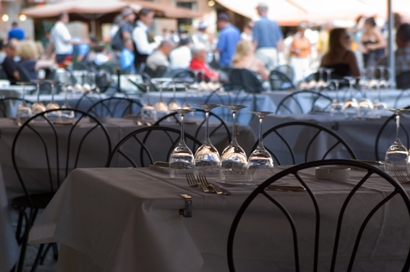 It’s easier to teach how to set the table and serve the guest than to teach the emotional skills of being passionate, caring, hard-working and intelligent.
It’s easier to teach how to set the table and serve the guest than to teach the emotional skills of being passionate, caring, hard-working and intelligent.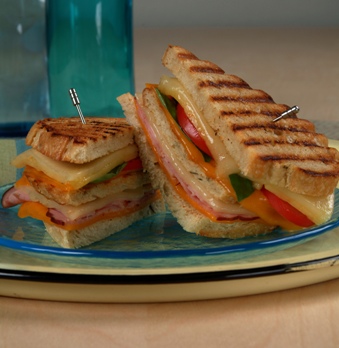 Letting students fail a few times before showing them the tricks of the trade will make them more receptive.
Letting students fail a few times before showing them the tricks of the trade will make them more receptive.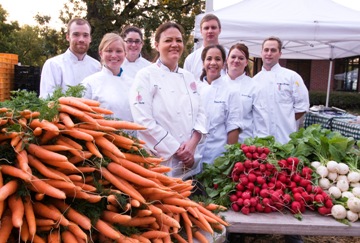 NRA’s latest “What’s Hot” survey lists “local” and “sustainable” as the biggest menu trends.
NRA’s latest “What’s Hot” survey lists “local” and “sustainable” as the biggest menu trends.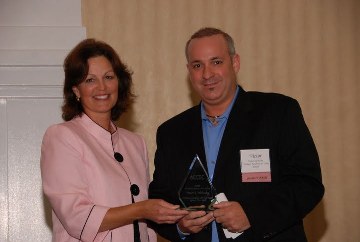 The Accrediting Commission of Career Schools and Colleges (ACCSC) recently named Chef Victor McNulty of the Culinary Academy of Long Island the 2009 Instructor of the Year. This prestigious title and award has been given to McNulty for his efforts in providing outstanding career and technical instruction at an ACCSC accredited institution.
The Accrediting Commission of Career Schools and Colleges (ACCSC) recently named Chef Victor McNulty of the Culinary Academy of Long Island the 2009 Instructor of the Year. This prestigious title and award has been given to McNulty for his efforts in providing outstanding career and technical instruction at an ACCSC accredited institution.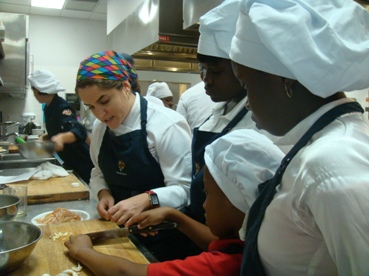 It was once said, “Give a man a fish and he will eat for a day. Teach a man to fish and he will eat for the rest of his life.” The ingredients of said axiom are the same ingredients that are so profoundly evident within the spirit of Common Threads.
It was once said, “Give a man a fish and he will eat for a day. Teach a man to fish and he will eat for the rest of his life.” The ingredients of said axiom are the same ingredients that are so profoundly evident within the spirit of Common Threads.